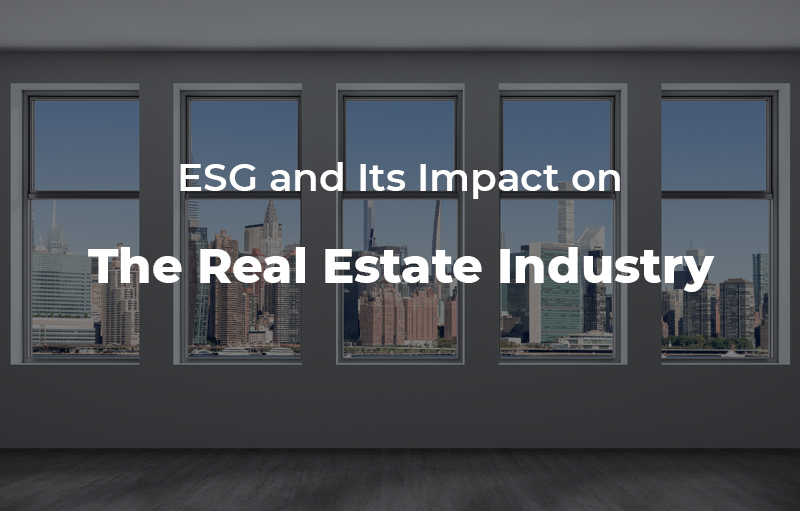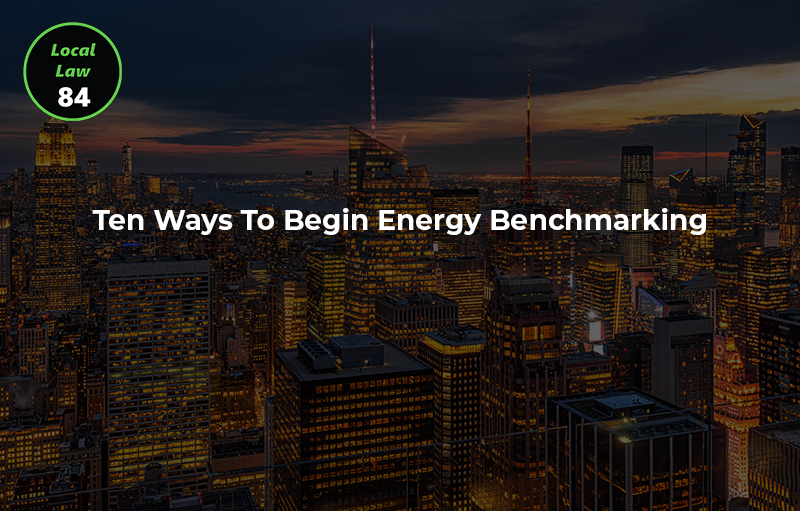Once the embodiment of capitalism – real estate find itself at interesting crossroads wherein staying ahead of the capitalistic curve mandates socialistic interventions around the environment, society, and internal governance. Confusing? Keep reading.
Before we begin, what exactly is ESG?
|
Environmental |
Social |
Governance |
|
|
|
Real Estate is also included in the ESG debate now, thanks to the government and developers. It has been brought to light that real estate can have a greatly positive social impact through the rehabilitation of public spaces, enabling affordable housing, and propagating green buildings with green-tech. Therefore, the real estate industry drives the responsibility just as much as others. ESG becomes increasingly important due to the following factors as well:
1. Investor Demands
ESG in many ways bulletproofs (and more importantly, climate-proofs) long-term gains reducing risk volatility. The sustainability guidelines developed by the European Association for Investors in Non-Listed Real Estate Vehicles reflect how the ESG reporting framework applies to this asset class vis-a-vis listed property companies, private property funds, developers, and investors. How well you are doing on the ESG indicators directly influences the comprehensive real estate valuations & investments.
2. Community Impact
Apart from developing energy-efficient buildings, ESG supports the narratives of community building with regard to caring for society enough to ensure imbibing diversity, and leaving a lasting social impact. It is important to gauge and truly understand what the needs of the local community are and how best green buildings can address them.
How Does ESG Affect Infrastructure But?
As a major consumer of energy, building sustainable and eco-friendly buildings will improve investment performance. This can be achieved by instilling eco-friendly materials & green tech, upgrading the HVAC & lighting, and fixing the insulation – all this results in the mitigation of emissions and the overall carbon footprint. Furthermore, green buildings are also rewarded by the government in endless ways in the form of tax rebates, general rebates, and other subsidies.
Expected Challenges
Most challenges inevitably exist in the landscapes of underdeveloped or developing countries because eco-infrastructure (that incorporates ESG) ensures that basic services like clean water and air are provided. The exponentially increasing population also presents its unique sets of problems. The ESG standards help bring clarity to the same by bringing in decisiveness. Additionally, there is never any worry to face community opposition because the ESG standards would have taken care of it.
Where Do Smart Cities Fit In The Change
Smart cities are essentially innovative modern habitations that respond to various modern needs. The technology deployed assures that the infrastructure is managed and organized more efficiently. Most of these innovative and technological interventions bear optimum congruence with the ESG guidelines with respect to assets used, communities mobilized, resources utilized, etc. This further extends towards a creative and more sustainable way of managing water, water, crime, communication networks, and energy consumption.
ESG, Streamlined by COVID
The pandemic only exacerbated the social problems mandating that accountability be taken cross-sector-wise and also immediately. Things got trickier because the investments in real estate slowed down, severely impacting real estate valuations but things are picking up now. Another behavior shift observed because of the pandemic has been the peaking interest to want bigger, independent houses with gardens and big balconies that can comfortably accommodate family time.
Moreover, with the worsening health of the general populace, the realization of clean air, hygiene, and an improved environment has become a non-negotiable. Therefore, complying with the ESG standards actually results in greater financial performance now and the investors and people understand that.
Global Developments Around ESG
Around Transparency
As part of the Action Plan, Regulation (EU) 2019/2088 on sustainable Finance Disclosure regulation (SFDR) was published, aiming to give more transparency on sustainability narratives of financial products, to successfully guide the investments in a manner that “greenwashing” does not happen. Its phase-in implementation has already started on 10 March 2021. Additionally to this Regulation, the European Supervisory Authorities have developed a Joint Committee draft Regulatory Technical Standards (RTS) on ESG disclosure. This is a Consultation Paper that was published in April 2020, seeking input on proposed ESG disclosure standards for financial market participants, advisers, and products.
[/fusion_text][/fusion_builder_column][/fusion_builder_row][/fusion_builder_container]



